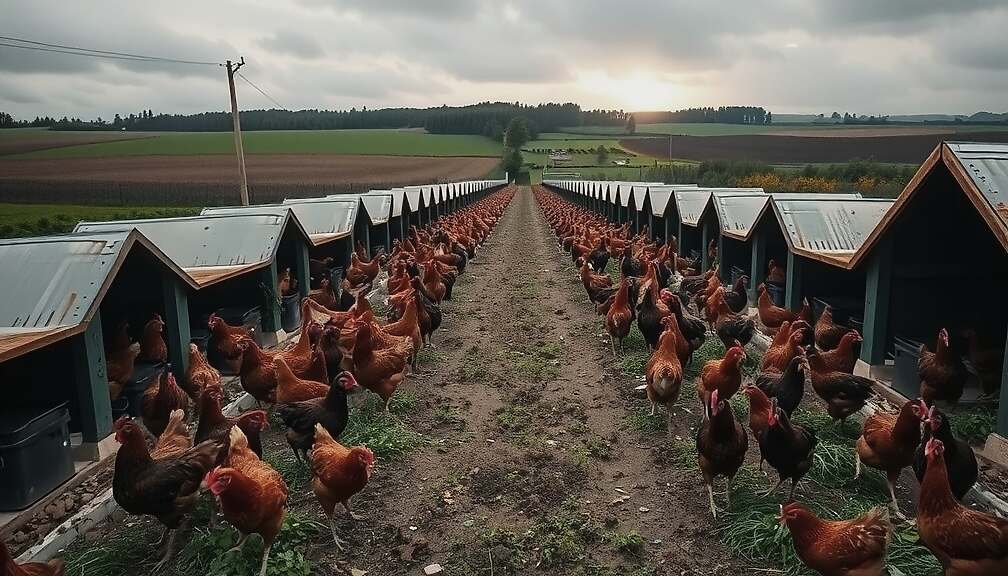Germany’s poultry sector faces a complex interplay of rising consumption, persistent disease threats and growing dependence on imports, according to newly released data from the Federal Statistical Office (Destatis). As of August 2025, 2,200 farms housed an average of 44.6 million laying hens, producing 1.2 billion eggs destined for consumption. Bodenhaltung (floor housing) remains the dominant system, accounting for 25.5 million hens, followed by Freilandhaltung (free-range) at 11.3 million.
The data underscores regional disparities, with Niedersachsen holding the lion’s share of laying hens (17.3 million), trailed by Nordrhein-Westfalen (4.7 million) and Bayern (4.0 million). These regions also contribute significantly to Germany’s broader poultry stock, which, as of March 2023, totalled 167.3 million birds across 42,690 farms.
The ongoing threat of avian influenza continues to plague the sector, with mandatory housing requirements already in place or under consideration for many farms. These measures, aimed at curbing the spread of the highly contagious disease, have necessitated the culling of hundreds of thousands of birds in recent months, raising concerns about economic and societal implications. The destruction of affected flocks, coupled with trade restrictions, has highlighted the vulnerability of the German poultry industry to external biological shocks.
Despite robust domestic production, the data reveals a growing consumption trend. German consumers consumed a provisional 13.6 kilograms of poultry meat per capita in 2024, up from 13.1 kg in 2023 and 12.4 kg in 2022. While self-sufficiency in poultry meat overall remains at a comfortable 100 percent and even exceeds 105% for chicken meat, dependency on imports is becoming apparent in other areas. Germany’s self-sufficiency in duck and goose meat sit significantly lower at 57% and 19%, respectively.
Perhaps the most concerning statistic highlights the burgeoning egg deficit. Despite an unprecedented per capita egg consumption of 249 eggs in 2024, Germany’s self-sufficiency in egg production only reaches 72 percent. This requires the importation of over a quarter of Germany’s egg requirements, exposing the nation to price volatility and geopolitical risks associated with international trade. Critics argue that this reliance underscores a need for a strategic review of agricultural policy, potentially prioritizing investments in domestic egg production and promoting more sustainable and resilient farming practices. The long-term sustainability and food security implications of this situation warrant close and critical observation.












